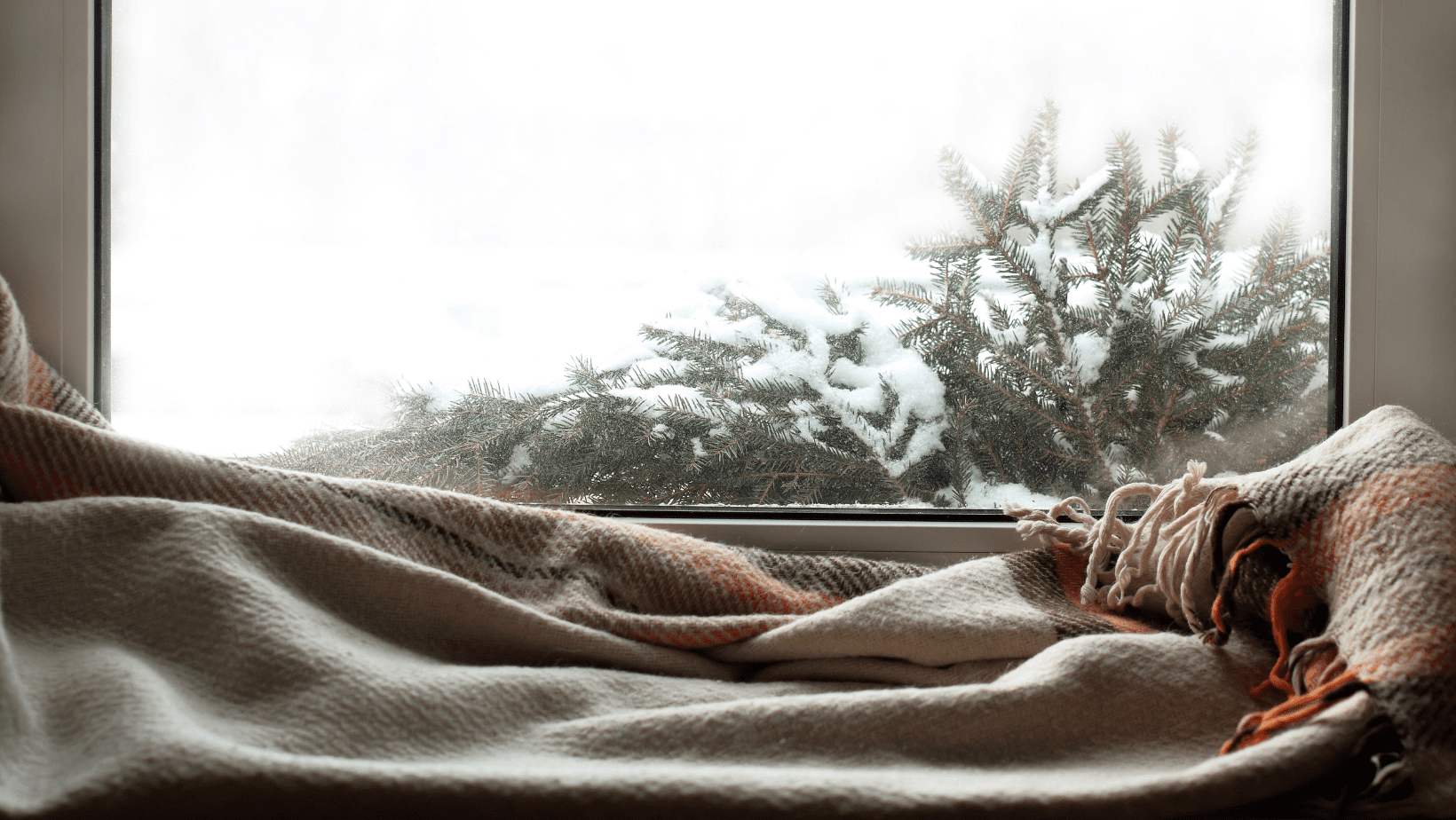
As autumn leaves begin to fall, it’s the perfect time to think about preparing your home for the upcoming winter months. Winterizing your home during the autumn season offers several advantages, including adequate time to address interior architecture and design changes that can make a significant difference in your comfort and energy efficiency.
- Temperature Regulation Through Design
One of the primary goals of winterizing your home is to maintain a comfortable indoor temperature while reducing heating costs. This can be achieved through strategic design choices.
Window Treatments: Consider heavy curtains or insulated blinds to prevent drafts and keep warmth inside. Choose fabrics and colors that add a cozy ambiance to your interiors.
Rugs and Carpets: Layering rugs and carpets not only adds warmth underfoot but also helps insulate your floors, preventing heat loss.
Furniture Arrangement: Reconfigure your furniture layout to maximize heat circulation from radiators or heating vents. Avoid placing large furniture in front of heat sources.
- Lighting and Ambiance
With shorter daylight hours during winter, lighting plays a crucial role in maintaining a welcoming atmosphere. Make the most of natural light while enhancing interior design.
Maximize Natural Light: Keep windows clean and unobstructed. Consider installing larger or additional windows if possible to maximize daylight.
Lighting Fixtures: Opt for warm, energy-efficient lighting options. Pendant lights, table lamps, and wall sconces can create a cozy ambiance in key living spaces.
- Insulation and Energy Efficiency
Proper insulation is essential to keep your home warm and energy-efficient during winter. Here are some interior design techniques to improve insulation:
Seal Gaps and Cracks: Identify and seal any gaps or cracks around windows, doors, and walls. This will prevent cold air infiltration and heat loss.
Ceiling Fans: Ceiling fans can be used in reverse mode to circulate warm air downwards, helping to maintain an even temperature throughout the room.
- Cozy Textures and Materials
Incorporate tactile elements into your interior design to create a warm and inviting atmosphere:
Throws and Cushions: Add plush throws and cushions in seasonal colors to your seating areas. They not only provide warmth but also enhance the visual appeal of your space.
Wood and Natural Materials: Wood accents and natural materials like stone or brick can add warmth and texture to your interiors. Consider exposed beams or a stone fireplace for a rustic, cozy feel.
- Smart Home Technology
Modern interior design can be seamlessly integrated with smart home technology to enhance your winterization efforts:
Smart Thermostat: Install a programmable thermostat to regulate your home’s temperature efficiently. You can set it to lower the heat when you’re not at home and warm up before your return.
Smart Lighting: Control your lighting remotely to adjust brightness and ambiance. Dimmable LED bulbs can save energy while providing warm illumination.
By starting your winterization efforts in autumn and incorporating these interior architecture and design techniques, you can create a comfortable, energy-efficient, and aesthetically pleasing environment for the colder months. Taking the time to prepare your home now ensures that you can enjoy the winter season with peace of mind and style.